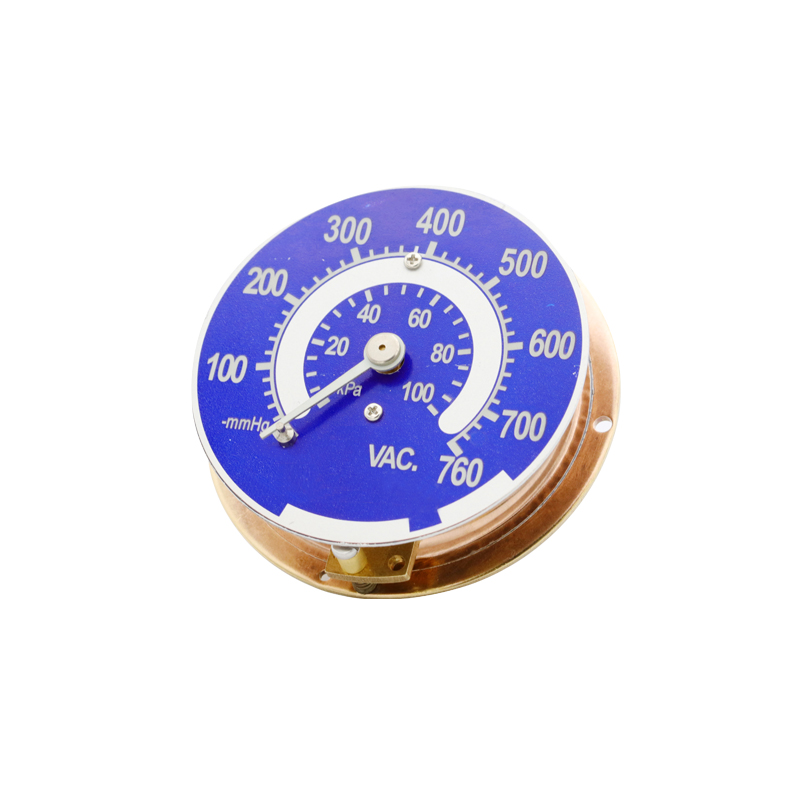
Oct . 16, 2024 22:45 Back to list
Calibration Techniques for Differential Pressure Gauges in Industrial Applications
Calibrating Differential Pressure Gauges Ensuring Accuracy and Reliability
Differential pressure gauges play a critical role in various industrial applications, including HVAC systems, filtration processes, and fluid dynamics monitoring. Ensuring the accuracy of these instruments is vital, as even minor discrepancies can lead to inefficiencies, equipment malfunctions, and safety hazards. This article explores the importance of calibrating differential pressure gauges, the calibration process, and best practices for maintaining their accuracy and reliability.
Understanding Differential Pressure Gauges
A differential pressure gauge measures the difference in pressure between two points within a system. It provides crucial information regarding fluid flow, filter efficiency, and system performance. Common applications include monitoring filter resistance in air and liquid systems, checking fan performance in HVAC systems, and ensuring optimal operation conditions in various industrial processes.
Importance of Calibration
Calibration is the process of comparing the gauge's measurements to a known reference standard to ensure its accuracy and precision. Regular calibration is essential for several reasons
1. Safety In industries where pressure differentials are crucial for safety, such as in chemical processing or pharmaceuticals, an inaccurate gauge can lead to catastrophic failures.
2. Operational Efficiency Accurate measurements ensure systems operate within specified parameters, leading to energy savings and reduced operational costs.
3. Regulatory Compliance Many industries are subject to strict regulations regarding measurement accuracy. Regular calibration helps organizations remain compliant and avoid potential fines.
4. Equipment Longevity Consistent calibration helps identify potential issues before they escalate, contributing to longer equipment life and reduced maintenance costs.
The Calibration Process
Calibrating a differential pressure gauge involves several steps
1. Preparation Before calibration, gather all necessary equipment, including a primary reference standard (such as a calibrated pressure transducer), connectors, and adapters. Ensure that the differential pressure gauge is clean and free from any physical damage.
calibrating differential pressure gauge jah

2. Zeroing Begin by zeroing the gauge. This involves isolating the gauge from the process and allowing it to reach ambient pressure. Adjust the gauge to read zero before proceeding.
3. Applying Calibration Pressure Once zeroed, apply known pressure differentials to the gauge using a calibration setup. This could involve using a precision pressure source or manometers to create specific pressure differences.
4. Recording Readings As each pressure differential is applied, record the readings from the gauge being calibrated and compare them to the reference values. This should be done across the entire operational range of the gauge to ensure accuracy.
5. Adjusting the Gauge If discrepancies are found between the gauge readings and the reference standards, adjustments may be necessary. Follow the manufacturer's guidelines to calibrate the gauge accurately.
6. Documentation After calibration, document all readings, adjustments made, and date of calibration. This record is essential for regulatory compliance and future reference.
Best Practices for Calibration
1. Calibration Frequency Establish a regular calibration schedule based on the gauge's criticality, usage frequency, and manufacturer recommendations. High-usage environments may require more frequent calibrations.
2. Environmental Considerations Ensure that the calibration is performed in a controlled environment, as temperature and humidity variations can affect readings.
3. Training Personnel responsible for calibrating gauges should be adequately trained and knowledgeable about the equipment and procedures to ensure accuracy.
4. Use of Certified Standards Always use calibrated and certified reference standards for the calibration process. This guarantees the highest level of accuracy.
5. Post-Calibration Verification After calibration, verify the gauge's performance by testing it against known pressure differentials to confirm accuracy.
Conclusion
Calibrating differential pressure gauges is a crucial aspect of maintaining accuracy in measurement and ensuring operational efficiency across various industries. By implementing a consistent calibration process and adhering to best practices, organizations can safeguard against potential risks, enhance equipment performance, and comply with regulatory standards. Ultimately, proper calibration fosters a culture of safety and reliability, contributing to the overall success of industrial operations.
-
High-Precision 5 Valve Manifold Differential Pressure Gauge Suppliers
NewsApr.29,2025
-
High-Precision Diaphragm Vacuum Pressure Gauges Manufacturers & Quotes
NewsApr.29,2025
-
Omega Differential Pressure Gauges High Accuracy & Durability
NewsApr.28,2025
-
Low Pressure Differential Pressure Gauges Precision Solutions & Quotes
NewsApr.28,2025
-
Digital Diaphragm Pressure Gaauge Precision Measurement & OEM Quotes
NewsApr.28,2025
-
Differential Pressure Gauge China Price High-Accuracy & Best Quotes
NewsApr.28,2025
